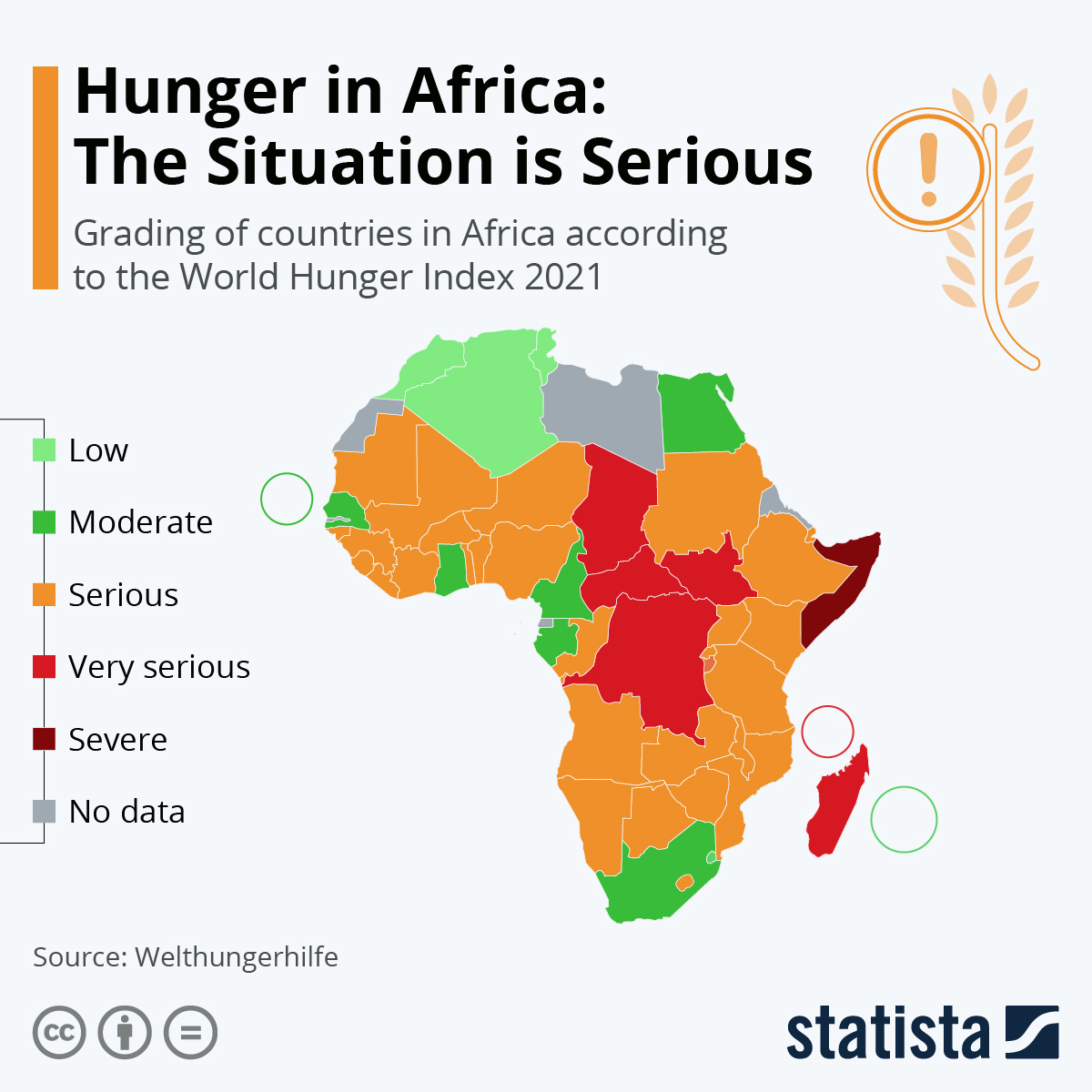
Global Hunger Trends and the Impact of Food Inflation
The latest report titled The State of Food Security and Nutrition in the World (SOFI 2025) reveals critical insights into global hunger trends and the challenges posed by rising food prices. According to the findings, approximately 673 million people, or 8.2 percent of the global population, faced hunger in 2024. This marks a slight decline from the previous years, with 8.5 percent in 2023 and 8.7 percent in 2022. However, the progress is uneven across different regions, with some areas experiencing significant improvements while others face increasing levels of food insecurity.
Regional Disparities in Hunger
While the overall number of hungry people has decreased slightly, the situation varies widely. Southern Asia and Latin America have seen notable improvements, with the prevalence of undernourishment falling significantly. For example, in Asia, the rate dropped from 7.9 percent in 2022 to 6.7 percent in 2024, affecting around 323 million people. Similarly, Latin America and the Caribbean saw a reduction in undernourishment from 6.1 percent in 2020 to 5.1 percent in 2024, impacting about 34 million people.
In contrast, many parts of Africa and western Asia continue to struggle with rising hunger rates. In Africa, more than 20 percent of the population faces hunger, affecting 307 million people. Western Asia also reports high levels, with an estimated 12.7 percent of the population, or over 39 million people, facing hunger in 2024.
Long-Term Projections and Challenges
Looking ahead, the report warns that without urgent action, 512 million people could be chronically undernourished by 2030. Nearly 60 percent of these individuals will be in Africa, highlighting the immense challenge of achieving the Sustainable Development Goal 2 (Zero Hunger). The report emphasizes the need for targeted interventions and collaborative efforts to address the root causes of food insecurity.
Tracking Nutrition Progress
From 2023 to 2024, the global prevalence of moderate or severe food insecurity slightly decreased from 28.4 percent to 28.0 percent, affecting 2.3 billion people. Despite this, the numbers remain higher than pre-pandemic levels. Key nutrition indicators show mixed results:
- Child Stunting: Declined from 26.4 percent in 2012 to 23.2 percent in 2024.
- Child Overweight and Wasting: These rates remained largely unchanged between 2012 and 2024.
- Exclusive Breastfeeding: Increased significantly, from 37.0 percent in 2012 to 47.8 percent in 2023.
- Adult Obesity: Rose from 12.1 percent in 2012 to 15.8 percent in 2022.
- Anaemia in Women: Increased from 27.6 percent in 2012 to 30.7 percent in 2023.
- Dietary Diversity: About one-third of children aged 6 to 23 months and two-thirds of women aged 15 to 49 met minimum dietary diversity standards.
The Role of Food Inflation
Food inflation has played a major role in shaping recent trends. Between 2021 and 2023, global food prices surged, driven by factors such as the pandemic, the war in Ukraine, and extreme weather events. This inflation has hindered recovery efforts, particularly in low-income countries. While the number of people unable to afford a healthy diet fell globally, the improvement was uneven. In low-income countries, the number of people unable to afford a nutritious diet increased from 464 million in 2019 to 545 million in 2024.
Policy Recommendations
The report calls for a multi-pronged approach to address food price inflation and its impact on food security. Key recommendations include:
- Targeted Fiscal Measures: Social protection programs to support vulnerable households.
- Monetary Policies: Transparent and credible policies to manage inflation.
- Investments in Agriculture: Improving productivity through research, infrastructure, and market systems.
Expert Perspectives
Leaders from various international organizations have emphasized the urgency of addressing food insecurity. FAO Director-General QU Dongyu highlighted the need for intensified efforts to ensure access to sufficient, safe, and nutritious food. IFAD President Alvaro Lario stressed the importance of investing in rural transformation. UNICEF Executive Director Catherine Russell called for immediate action to protect children from the effects of undernutrition. WFP Executive Director Cindy McCain warned that funding cuts could jeopardize critical aid to millions of people. WHO Director-General Dr. Tedros Adhanom Ghebreyesus urged continued efforts to reduce malnutrition and improve dietary access.
Conclusion
The SOFI 2025 report underscores the complexity of global food security challenges. While there are signs of progress in certain regions, the persistent rise in hunger in others demands urgent and coordinated action. Addressing food inflation, improving nutrition, and ensuring equitable access to food remain critical priorities for achieving sustainable development and reducing hunger worldwide.


Posting Komentar